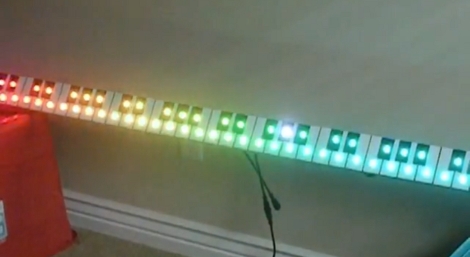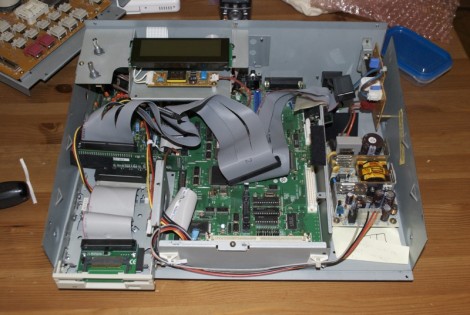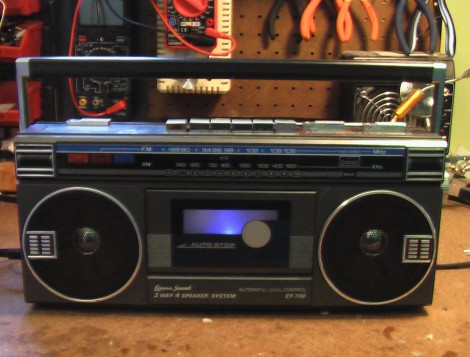
We’re hearing complaints everywhere about the noisemakers called Vuvuzelas during the world cup. Whether you are a fan of the sport or not, you can appreciate when a fellow hacker gets annoyed and start hacking. [Tube] has created a software filter that manages to remove the sound of the Vuvuzela from the videos. He shares the process of how it was all created, using Logic Express and a Mac mini (Google translation). Maybe this will also provide some relief from the constant stream of Vuvuzela whining as well.
[via DVice]















